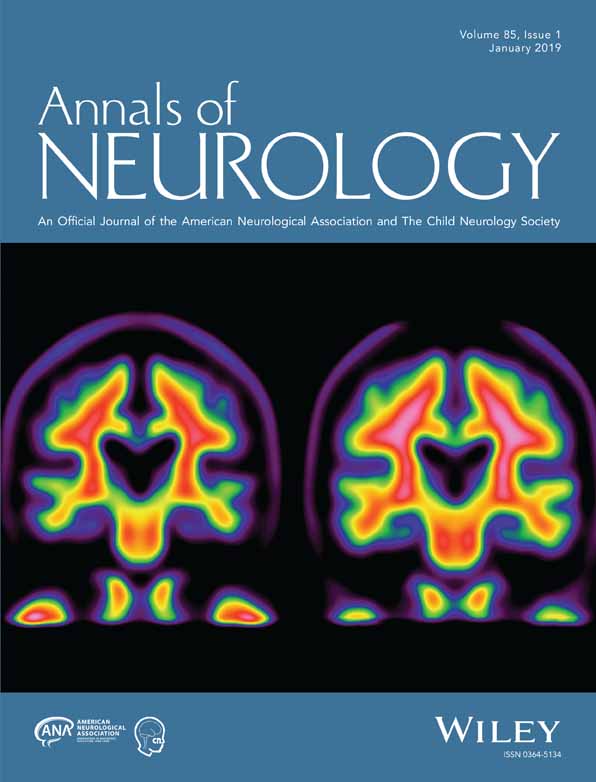Brain state–dependent stimulation boosts functional recovery following stroke
Abstract
Objective
Adjuvant protocols devised to enhance motor recovery in subacute stroke patients have failed to show benefits with respect to classic therapeutic interventions. Here, we evaluate the efficacy of a novel brain state–dependent intervention based on known mechanisms of memory and learning that is integrated as part of the weekly rehabilitation program in subacute stroke patients.
Methods
Twenty-four hospitalized subacute stroke patients were randomly assigned to 2 intervention groups: (1) the associative group received 30 pairings of a peripheral electrical nerve stimulus (ES) such that the generated afferent volley arrived precisely during the most active phase of the motor cortex as patients attempted to perform a movement; and (2) in the control group, the ES intensity was too low to generate a stimulation of the nerve. Functional (including the lower extremity Fugl–Meyer assessment [LE-FM; primary outcome measure]) and neurophysiological (changes in motor evoked potentials [MEPs]) assessments were performed prior to and following the intervention period.
Results
The associative group significantly improved functional recovery with respect to the control group (median [interquartile range] LE-FM improvement = 6.5 [3.5–8.25] and 3 [0.75–3], respectively; p = 0.029). Significant increases in MEP amplitude were seen following all sessions in the associative group only (p ≤ 0.006).
Interpretation
This is the first evidence of a clinical effect of a neuromodulatory intervention in the subacute phase of stroke. This was evident with relatively few repetitions in comparison to available techniques, making it a clinically viable approach. The results indicate the potential of the proposed neuromodulation system in daily clinical routine for stroke rehabilitation. ANN NEUROL 2019;85:84–95.
Potential Conflicts of Interest
Nothing to report.




